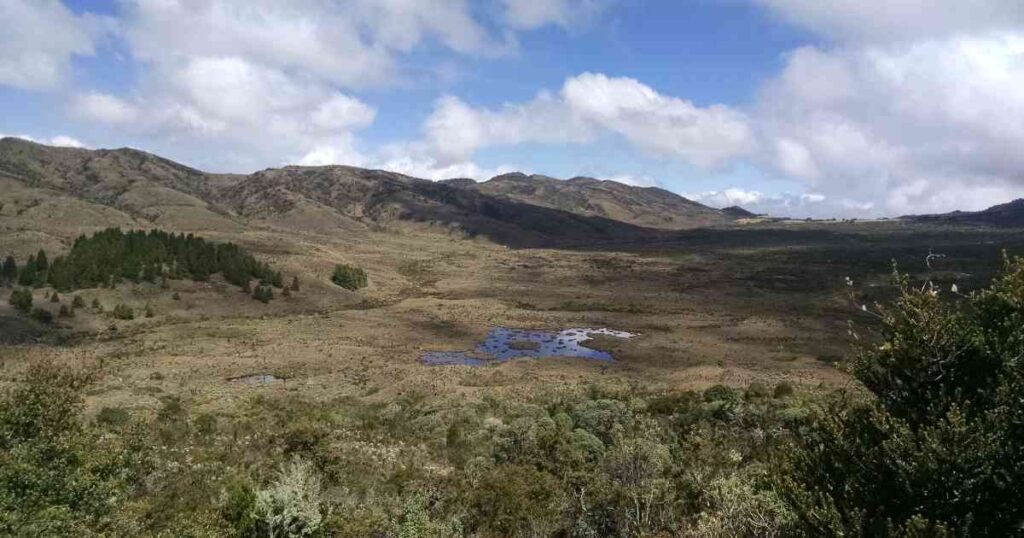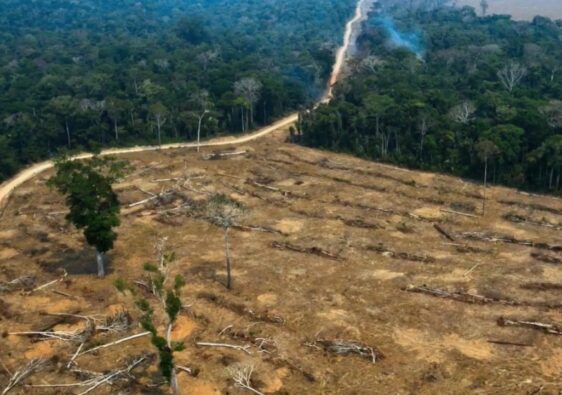SUMMARY
Moors are ecoregional ecosystems whose main characteristics are to be between 2,000 and 3,500 meters high. They are generators of water in the water cycle, hence their importance, and their vegetation is adapted to extreme atmospheric conditions. This plan includes a set of strategies to sustainably conserve 144Km2 of Bordoncillo moors of the amazon basin, in Colombia. These ecoregions are under stress due to the influence of threats of anthropic origin in the area: Deforestation for agriculture and grazing activities; heavy metal contamination from illegal artisanal mining activities; and climate change. Currently, the Kamsá indigenous communities, who coexist in these ecosystems, have shown interest in implementing conservation strategies and healthy productive practices with the environment, for which, the BOSQUE COLOMBIANO ORG, together with representatives of the indigenous community, formulate this plan as a starting point in the moors conservation agenda. In this plan, we propose educational, conservation, sustainability, monitoring and communication programs, addressing the transition of the Kamsá indigenous community, from an extractive economy to a sustainable economy with the environment. We propose afforestation and reforestation processes with 3 species: walnut cedar (Juglans neotropica; Endangered, EN; IUCN global Redlist); Ceiba Tolúa (Bombacopsis quinata; Vulnerable, VU; IUCN global Redlist) and Pino de Pasto (Podocarpus oleifolius; Vulnerable, VU; Colombian Redlist), through the planting of 120,000 trees, in a period of 2 years.
Also, a delimitation of priority ecological areas and corridors is carried out in the target moor, to focus efforts on areas with urgent environmental restoration. Finally, there are recommendations to implement these strategies in the moor under study.
Keywords: Ecological restoration, Kamsá Communities, moor, Delimitation, Bordoncillo moors of the amazon basin.









